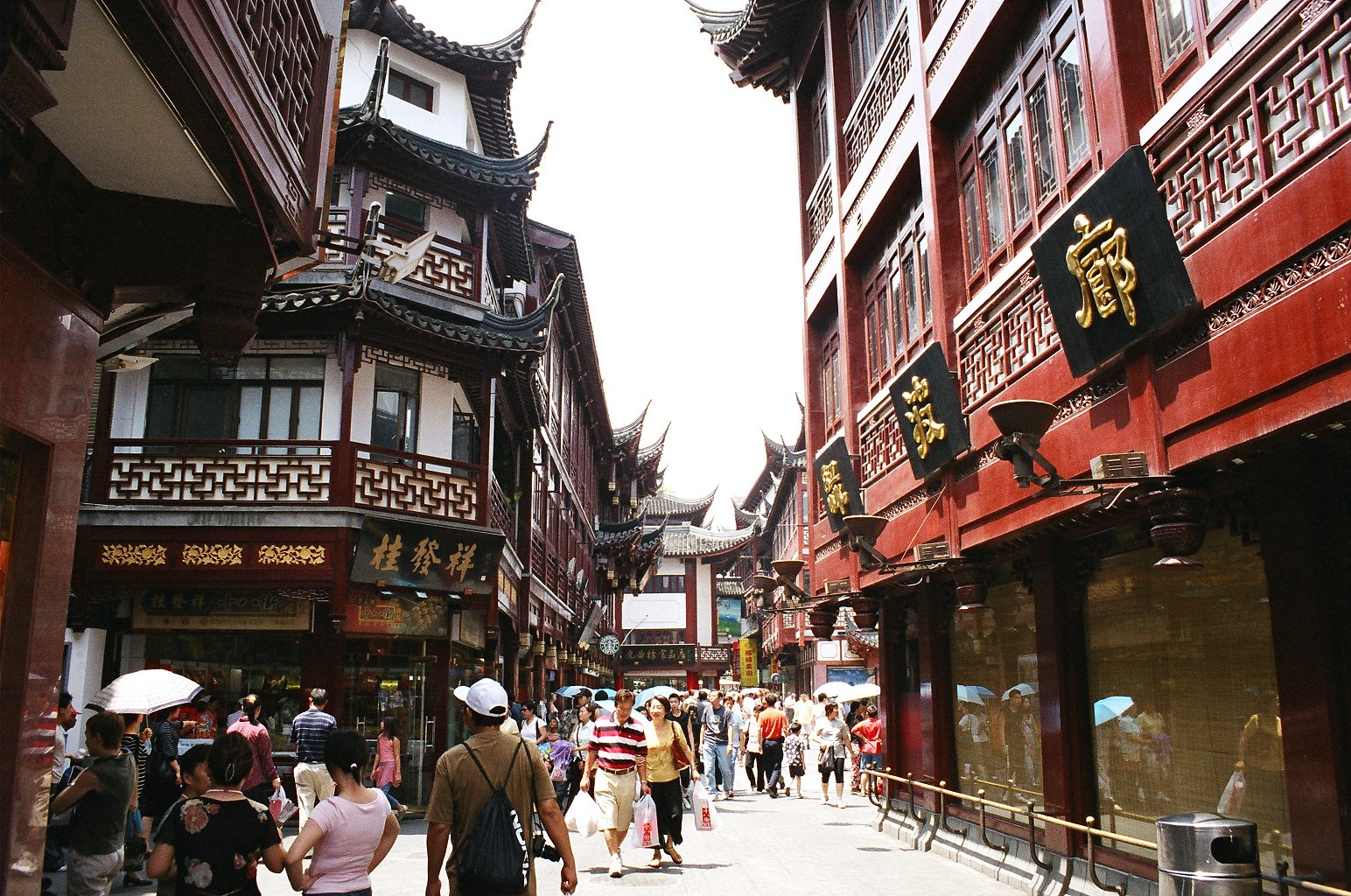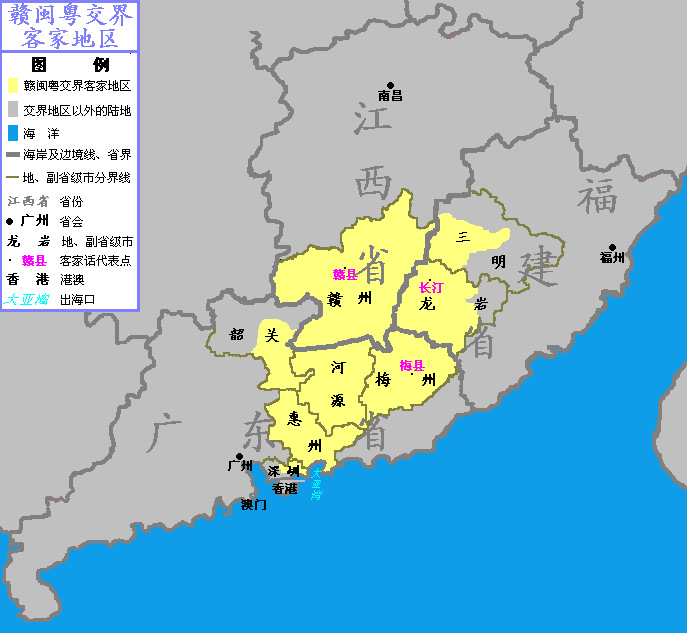|
China's Next Top Model (cycle 5)
China's Next Top Model Cycle 5 is the fifth cycle of the Chinese reality TV series, based on the international version and spin-off to the original, ''America's Next Top Model''. It began to air on 21 May 2015 at 9:20 pm ( UTC+8). This was the first season of the show to feature male contestants. The hosts were Chinese female supermodel Lynn Hung and Chinese male supermodel Zhang Liang. The cycle featured 16 contestants competing for several prizes, including a modeling contract with ''Paras Talent Management'' and an editorial in ''Vogue China'' & '' GQ China''. The international destination for the show was London, with the rest of the filming taking place in Shanghai. The winner of the competition was 22-year-old Li Si Jia from Harbin. Contestants ''(Ages stated are at start of contest)'' Episode summaries Episode 1 ::''First aired: May 21, 2015'' *First call-out: Li Si Jia *Bottom three: Jiang Ying, Lai Yu Ting & Wang Ren Chuan *Eliminated: Jiang Ying & Lai Yu Ting ... [...More Info...] [...Related Items...] OR: [Wikipedia] [Google] [Baidu] |
Chongqing TV
Chongqing Broadcasting Group (CBG; () is a government-owned television network based in the city of Chongqing in southwestern China. Established in 1981, Chongqing Television has been the leading broadcasting network in Chongqing and its affiliated counties and districts. After Chongqing became a direct-controlled municipality in 1997, Chongqing Television became the official TV program to represent and propagate the cultures and development of Chongqing. Chongqing Television became a subdivision of Chongqing Broadcasting Group (along with People's Radio Broadcasting Station of Chongqing and many other subdivisions) in 2004 with a headquarter in Jiulongpo District. Its main channel, ''CTV'' (formerly ''CQTV'') is carried on cable systems in urban areas throughout mainland China and is available nationwide on both analogue and digital satellites. List of CBG channels Chongqing Broadcasting Group currently provides more than ten TV channels, and most of those channels are broadcas ... [...More Info...] [...Related Items...] OR: [Wikipedia] [Google] [Baidu] |
Chongqing
Chongqing ( or ; ; Sichuanese dialects, Sichuanese pronunciation: , Standard Mandarin pronunciation: ), Postal Romanization, alternately romanized as Chungking (), is a Direct-administered municipalities of China, municipality in Southwest China. The official abbreviation of the city, "" (), was approved by the State Council of the People's Republic of China, State Council on 18 April 1997. This abbreviation is derived from the old name of a part of the Jialing River that runs through Chongqing and feeds into the Yangtze River. Administratively, it is one of the four municipalities under the direct administration of the Government of China, central government of the People's Republic of China (the other three are Beijing, Shanghai, and Tianjin), and the only such municipality located deep inland. The municipality of Chongqing, roughly the size of Austria, includes the city of Chongqing as well as various discontiguous cities. Due to a classification technicality, Chongqing ... [...More Info...] [...Related Items...] OR: [Wikipedia] [Google] [Baidu] |
Chen Ran
Chen Ran (; born 1962) is a Chinese avant-garde writer. Most of her works appeared in the 1990s and often deal with Chinese feminism. Biography Chen Ran was born in Beijing in April, 1962. Her parents divorced when she was in high school and she since then lived with her mother. As a child she studied music, but when she was 18 her interests turned to literature. Chen Ran studied Chinese language and literature in Beijing Normal University from 1982 to 1986 and graduated when she was 23. She remained with the university as a teacher after graduation for the next four and a half years. She also lectured as an exchange scholar at various foreign universities including Melbourne University in Australia, the University of Berlin in Germany, and London, Oxford, and Edinburgh universities in the UK. Between 1987 and 1989, she published a series of surrealistic short stories with strong philosophical undertones. She now lives and writes in Beijing. She has published several short s ... [...More Info...] [...Related Items...] OR: [Wikipedia] [Google] [Baidu] |
Michael Cinco
Michael Cinco (; born August 8, 1971) is a Filipino fashion designer based in Dubai. He launched his eponymous fashion line in 2003. Early life and education Cinco was born on August 27, 1971 in the island of Samar in central Philippines. His provincial upbringing made him fantasize the glamour of dressing up Marlene Dietrich, Grace Kelly, Joan Crawford and Audrey Hepburn, later saying "I pictured those fabulous heroines and imagined dressing them up in my creations. I chased after those visions..." Cinco studied Fine Arts at the prestigious University of the Philippines Diliman for two years eventually transferring at Slims Fashion and Arts School in Manila. He then took up supplementary courses at Central Saint Martins in London. Career In 1997, Cinco moved to Dubai, eventually establishing his fashion line in 2003. "Moving to the Middle East was a big leap for me, the region is a haven of couture," he recalls. In his first job in Dubai, he reinvented the image of a slightly ... [...More Info...] [...Related Items...] OR: [Wikipedia] [Google] [Baidu] |
Harbin, Heilongjiang
Harbin (; mnc, , v=Halbin; ) is a sub-provincial city and the provincial capital and the largest city of Heilongjiang province, People's Republic of China, as well as the second largest city by urban population after Shenyang and largest city by metropolitan population (urban and rural together) in Northeast China. Harbin has direct jurisdiction over nine metropolitan districts, two county-level cities and seven counties, and is the eighth most populous Chinese city according to the 2020 census. The built-up area of Harbin (which consists of all districts except Shuangcheng and Acheng) had 5,841,929 inhabitants, while the total metropolitan population was up to 10,009,854, making it one of the 50 largest urban areas in the world. Harbin, whose name was originally a Manchu word meaning "a place for drying fishing nets", grew from a small rural settlement on the Songhua River to become one of the largest cities in Northeast China. Founded in 1898 with the coming of the Chi ... [...More Info...] [...Related Items...] OR: [Wikipedia] [Google] [Baidu] |
Huangpu, Shanghai
Huangpu District (), makes up the eastern part of Shanghai's traditional urban core and is today the most central of Shanghai's 16 districts. Huangpu district is the seat of municipal government, includes key attractions such as The Bund and the Old City God Temple, as well as popular shopping districts such as Nanjing Road, Huaihai Road, and Xintiandi. The Huangpu District is one of the most densely populated urban districts in the world. Location The Huangpu District is located in central Shanghai, People's Republic of China on the left bank (i.e., west or north bank) of Huangpu River, after which the district is named. It is opposite to Pudong and is bounded by Suzhou Creek to the north. Today's Huangpu District is sometimes referred to as "new Huangpu" to distinguish it from the pre-merger Huangpu District which existed before 2000. In 2000, the pre-merger Huangpu and Nanshi districts were combined to form a new district, also called Huangpu. In June 2011, the existing ... [...More Info...] [...Related Items...] OR: [Wikipedia] [Google] [Baidu] |
Dalian, Liaoning
Dalian () is a major sub-provincial port city in Liaoning province, People's Republic of China, and is Liaoning's second largest city (after the provincial capital Shenyang) and the third-most populous city of Northeast China. Located on the southern tip of Liaodong peninsula, it is the southernmost city in both Liaoning and the entire Northeast. Dalian borders the prefectural cities of Yingkou and Anshan to the north and Dandong to the northeast, and also shares maritime boundaries with Qinhuangdao and Huludao across the Liaodong Bay to west and northwest, Yantai and Weihai on the Shandong peninsula across the Bohai Strait to the south, and North Korea across the Korea Bay to the east. As of the 2020 census, its total population was 7,450,785 inhabitants whom 5,106,719 lived in the built-up (or metro) area made of 6 out of 7 urban districts, Pulandian District not being conurbated yet. Today a financial, shipping, and logistics center for East Asia, Dalian has a significan ... [...More Info...] [...Related Items...] OR: [Wikipedia] [Google] [Baidu] |
Tianjin
Tianjin (; ; Mandarin: ), alternately romanized as Tientsin (), is a municipality and a coastal metropolis in Northern China on the shore of the Bohai Sea. It is one of the nine national central cities in Mainland China, with a total population of 13,866,009 inhabitants during the 2020 Chinese census. Its built-up (''or metro'') area, made up of 12 central districts (all but Baodi, Jizhou, Jinghai and Ninghe), was home to 11,165,706 inhabitants and is also the world's 29th-largest agglomeration (between Chengdu and Rio de Janeiro) and 11th- most populous city proper. It is governed as one of the four municipalities under the direct administration of Chinese central government and is thus under direct administration of the State Council. Tianjin borders Hebei Province and Beijing Municipality, bounded to the east by the Bohai Gulf portion of the Yellow Sea. Part of the Bohai Economic Rim, it is the largest coastal city in Northern China and part of the Jing-Jin-Ji megap ... [...More Info...] [...Related Items...] OR: [Wikipedia] [Google] [Baidu] |
Huizhou, Guangdong
Huizhou ( zh, c= ) is a city in central-east Guangdong Province, China, forty-three miles north of Hong Kong. Huizhou borders the provincial capital of Guangzhou to the west, Shenzhen and Dongguan to the southwest, Shaoguan to the north, Heyuan to the northeast, Shanwei to the east, and Daya Bay of the South China Sea to the south. As of the 2020 census, the city has about 6,042,852 inhabitants and is administered as a prefecture-level city. Huizhou's core metropolitan area, which is within Huicheng and Huiyang Districts, is home to around 2,090,578 inhabitants. History During the Song dynasty, Huizhou was a prefectural capital of the Huiyang prefecture and the cultural center of the region. The West Lake in Huizhou was formerly known as Feng Lake. At the age of 59, Su Shi was exiled to Huizhou by the imperial government of Song. When he visited Feng Lake in Huizhou, he found it located in the west of the city and was as beautiful as West Lake in Hangzhou. Therefore, he ren ... [...More Info...] [...Related Items...] OR: [Wikipedia] [Google] [Baidu] |






